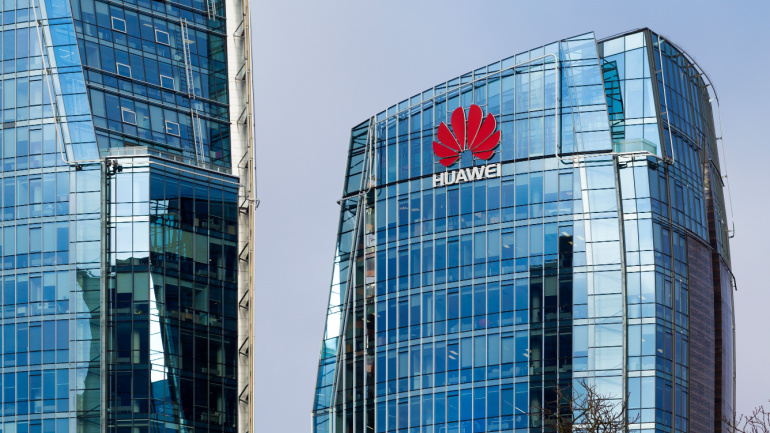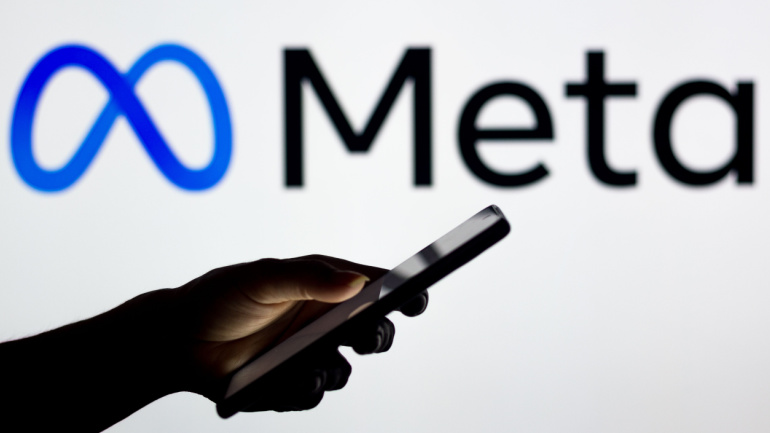Unveiling the turbulence in UK’s telecommunications landscape, Virgin Media O2 (VMO2) unfolds its significant workforce reduction strategy. This controversial move, intertwined with dwindling customer base and towering debts, sets a profound impact on the telecom titan’s ascension in the telecom market. Yet, amidst customer attrition, VMO2’s sturdy quarter reports defied setbacks leveraging raised prices, raising critical discussions within the industry.
Taking dynamic major strides in the quantum computing sector, T-Systems, Deutsche Telekom’s IT wing, is partnering with IQM Quantum Computers, offering its customers unique access to the complexities and potential of IQM’s quantum infrastructure. Leveraging the power of quantum mechanics and harnessing the elusive ‘qubits’, this promising collaboration forms a critical intersection of cloud technology and quantum computation, manoeuvring towards transformative problem-solving capabilities.
As the UK government’s ambitious 4G-enabled Emergency Services Network (ESN) faces icy progress, reports suggest potential delays until 2029 and rising costs from the initial $5 billion to over £11 billion. Observers slam the lack of a solid implementation plan, leading to ineffectual spending. Although originally planned to replace the Airwave network by 2019, the slow-paced development has compelled emergency services to incur unnecessary expenses. Further complications arise as Motorola, initially tasked with developing the ESN, withdraws from the project. As the quest for a reliable new supplier begins, it’s clear that these developments will continue to captivate telecoms industry watchers.
UK-based CityFibre has acquired a significant £318 million in public funding, aiming to increase high-speed broadband access nationwide. Supported by the government’s Project Gigabit, funds were awarded for bring fibre connectivity to selected regions needing better broadband access. A challenging and expensive task, especially in rural areas, but this initiative could shine a beacon of connected hope. Is the government’s £5 billion goal achievable? Read on to explore the potential impact of this massive contribution to rural telecommunications.
Ofcom delves into an investigation concerning BT’s recent 999 emergency call service outage. BT’s back-up system reportedly failed in providing efficient location data, intensifying the emergency identification process. This significant service disruption stirred discussions in Parliament, with technology minister Lord Camrose emphasizing the company’s delayed communication to the government about the issue. While BT extended an apology planned a full internal investigation, Ofcom’s survey will spotlight possible breaches of regulatory norms mandating constant network access to emergency organizations. The potential consequences are yet unclear.
South Wales embraces Ogi’s full fibre network, bringing ultra-fast connectivity to underserved towns and villages. With speeds three times the Welsh average, Ogi’s cost-of-living offer provides six months of free service to new customers, enhancing satisfaction and local job opportunities.
$714 million allocated to small telecom companies in the ReConnect program’s fourth round aims to deliver high-speed internet to rural areas with full fiber infrastructure. USDA Secretary Tom Vilsack highlights the importance of the Bipartisan Infrastructure Law and its contributions to bridging the digital divide in rural communities.
As the EU deliberates banning “high-risk” companies from its 5G networks, Huawei receives €3.89 million in funding for research into 6G, AI, and cloud computing. With Germany’s position potentially sealing Huawei’s fate in Europe, the future remains uncertain.
Meta’s bold AI integration plans could revolutionize platforms like Facebook and Instagram while tackling infrastructure and software challenges. The metaverse’s potential is also sparking interest among telecommunication leaders, creating opportunities for immersive social experiences.
Spark reveals plans to trial satellite-to-mobile services, offering additional coverage and network resilience. Working with satellite provider Lynk, the initial trial focuses on text messaging before expanding to voice and data services, assessing the technology’s potential impact on telecommunications.













